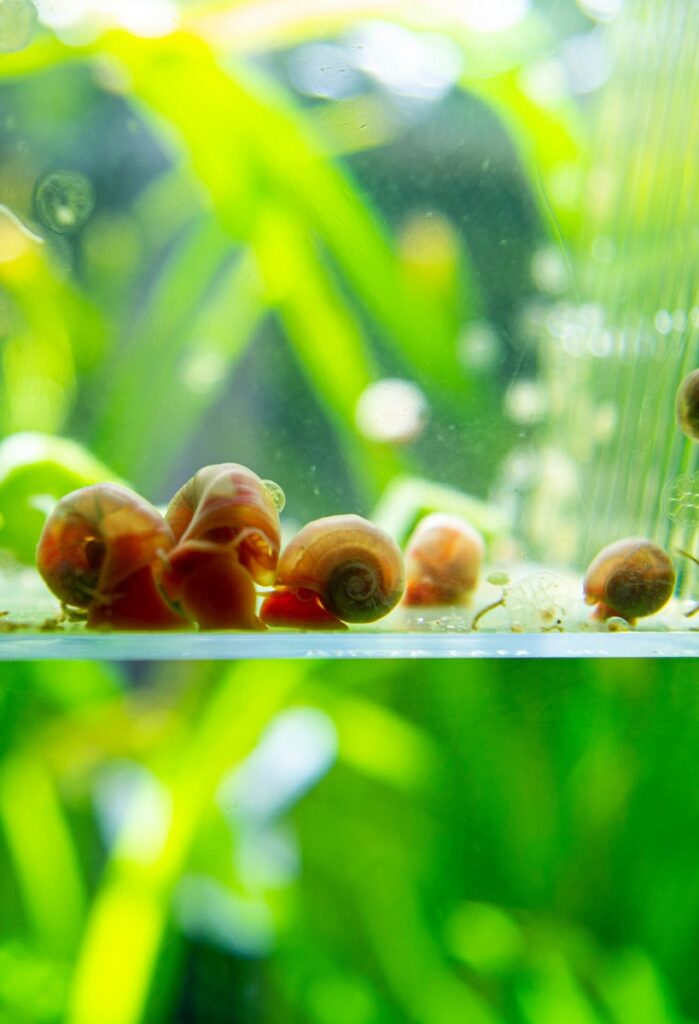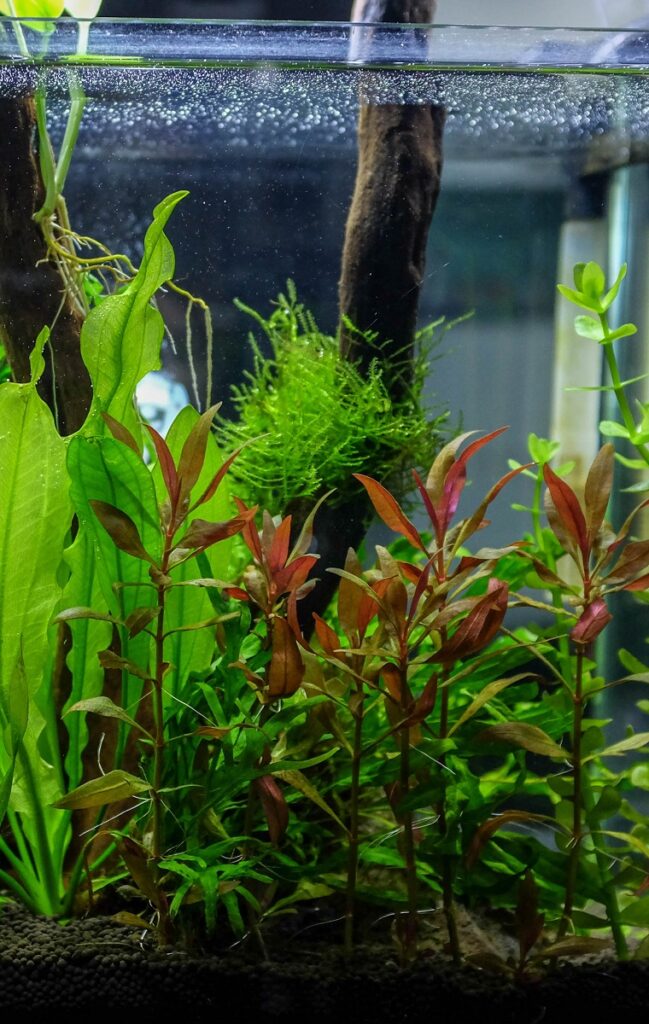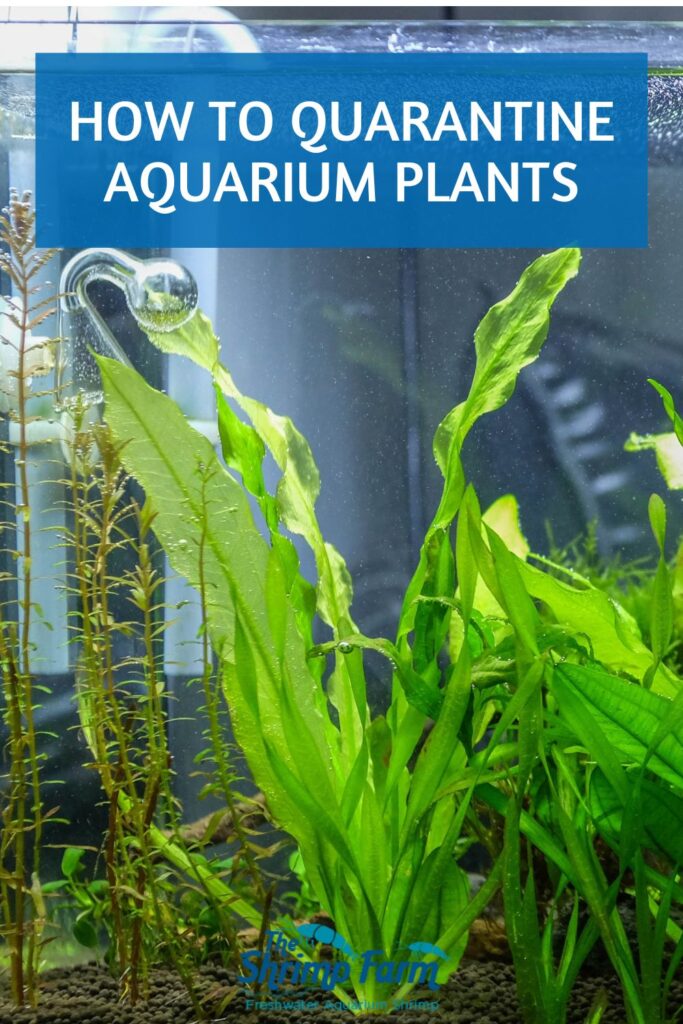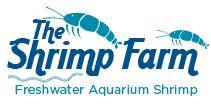Disinfecting & Quarantining Aquarium Plants
Just bought some new aquatic plants for your shrimp aquarium and excited to get started planting them? WAIT! Even if you bought from a high-quality supplier, disinfecting and maybe even quarantining aquarium plants is important. They can contain pests, contaminants and other stuff you'd probably rather not expose your fragile dwarf shrimp to.
Keep reading for everything you need to know about disinfecting and quarantining new aquarium plants, including why and how to do it!
Table of Contents
Why is quarantining aquarium plants important?
Contaminants
Aquatic plants are often treated with pesticides and algaecides before being offered for sale. In fact, with plants imported from other continents like Asia, this treatment is often mandatory! It helps avoid the risk of importing exotic bugs and other nasties, but also poses a danger to your shrimp.
Because our shrimp are so fragile, it's important to remove all traces of pesticides and other contaminants from plants before you introduce them into the aquarium. Even trace amounts of some of these substances are deadly to them. They can cause symptoms like twitchy movements, inability to move, twitching and eventually death.
Pests
There are loads of different pests that can hitch a ride on aquatic plants from (online) aquarium stores. It's completely normal for shop tanks to contain bugs, because so many different products pass through them that it's almost inevitable for some to stick.
Pests hiding in aquarium plants can range from the annoying to the dangerous (at least for your shrimp). Here are a few of the most common suspects:
- Snails: Not harmful, but man, can they overrun your tank! Anyone who's had to scrape legions of ramshorn snails out of a clogged aquarium filter will know that although they're difficult to avoid, it's best to at least try to keep them out of your tank.
- Damselfly larvae: They may look a little like shrimp from a distance, but they're actually skilled hunters that will eat any small invertebrate they can catch. Better to avoid them, lest they eat your baby shrimp!
- Hydra: Hydra are small freshwater polyps that are slightly reminiscent of a tiny anemone. And since like their anemone cousins, they possess stinging tentacles, they do pose a danger to baby shrimp!
- Planaria: These flatworms are common in aquariums, with populations easily reaching pest proportions. Good luck killing them, because they can regenerate their entire body from even a tiny piece! Ugh.
Algae
If you've been an aquarist for a while, you'll know that algae can really spoil the fun. In order to avoid adding different species of algae to your tank aside from the ones it may already contain, it's best to treat aquarium plants with a substance that acts like an algaecide. It helps you avoid ending up like this shrimper, for example!
We know, we know, shrimp love algae! But unless you don't care about the look of your tank, they're generally not considered very welcome guests. Additionally, some species are both inedible for shrimp as well as unsightly. Black beard algae are a good example.
Tissue culture vs. potted plants
When discussing reasons to disinfect and quarantine aquarium plants, it's important to note the difference between tissue culture vs. potted plants. What we're talking about here is in reference to potted plants, still by far the most common. You'll usually find these in large holding tanks in the aquarium store. Some may be unpotted, but sold in bunches.
Tissue cultured plants are a different story. Unlike potted aquarium plants, tissue cultured plants can be added straight to your aquarium. This is because they're cultured in-vitro, in such a way that they never have contact with the outside world. This makes them as sterile as a plant can get.
You'll recognize tissue-cultured aquarium plants from the fact that they're sold in little plastic containers. Because of the way they're grown, they can be a little more expensive, but it's worth the peace of mind for many shrimpers.
How to sterilize aquarium plants
After all this ado about how important it is to treat aquatic plants before you add them to your (shrimp) tank, let's have a look at how to actually do so. A good method is to dip them in a substance that will kill any unwelcome hitchhikers, but leaves the plant itself alive.
Remember to take plants out of their little pot and remove any rock wool that may be around the roots before performing a dip.
Popular aquarium plant dips include:
Bleach dip
Leave plants in a mix of 19 parts water and 1 part bleach for 2-3 minutes, then rinse them with tap water. This can be a bit heavy on the more fragile plants, but it's quite efficient.
Hydrogen peroxide dip
Mix 1 part 3% hydrogen peroxide with 3 parts water and dip plants for 15 or so minutes. Rinse them afterwards.
Aluminum sulfate dip
Aluminum sulfate or alum can be found with the pickling supplies in most supermarkets. You can mix 1 tablespoon into a gallon of water and dip plants for up to 3 days before rinsing them.
Potassium permanganate dip
You can find Potassium permanganate at some hardware stores in a crystallized form. Mix enough of the crystals into a bucketful of water to color it dark pink and dip plants for up to 20 minutes. Rinse after.
Quarantining aquarium plants
If you've got very sensitive livestock (like shrimp) or really don't like to take any risks, you can quarantine the plants after disinfecting them. Quarantine is also a good option for more fragile plants that you don't want to expose to a harsh dip.
Just set up a separate quarantine tank or bucket and leave the plants in there for up to a month. Make sure to do a few water changes during this time, and don't forget to provide some light in order to prevent the plants from suffering.
Be sure to monitor the quarantine set-up. If you see any snails, algae or other uninvited nasties, you may want to repeat the dipping process.
Conclusion
A planted aquarium is fantastic for your shrimp and offers many benefits. However, unless they're tissue cultured, they will need to be disinfected and/or quarantined. Harmful pesticides, pests or annoying algae may be present, and quarantining aquarium plants can help prevent them from getting into your tank.



 Shrimp
Shrimp Fish
Fish Crab &
Crab & Plants
Plants Foods
Foods Snails
Snails


